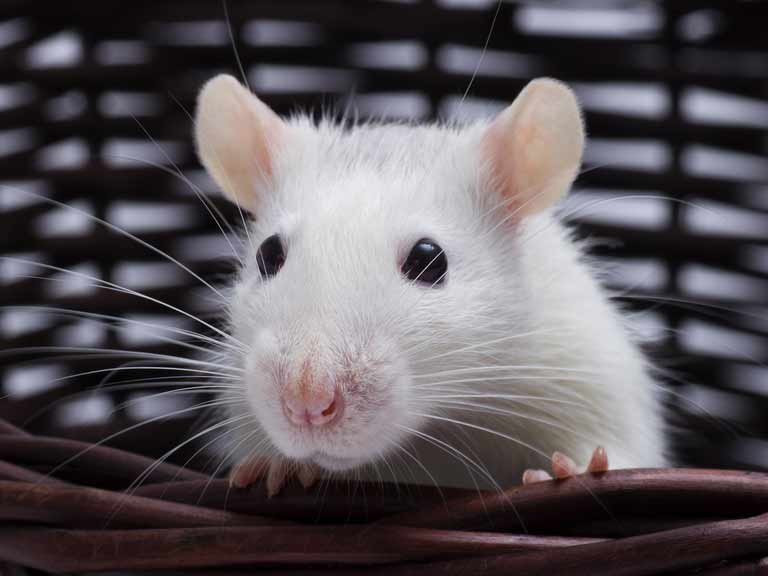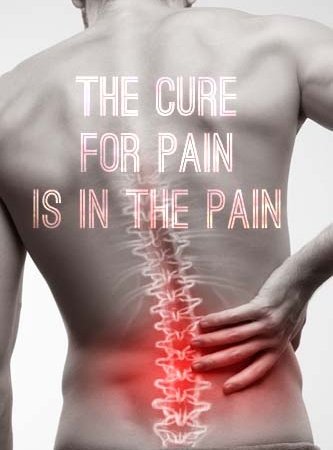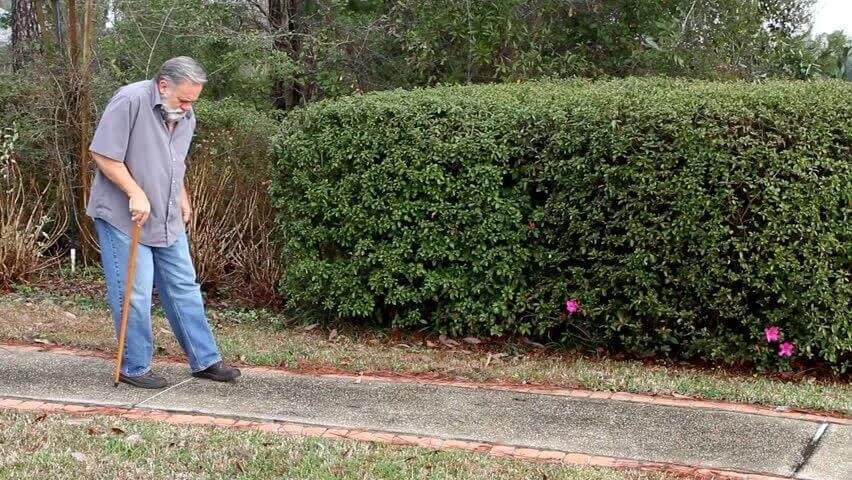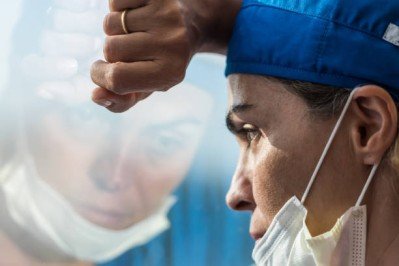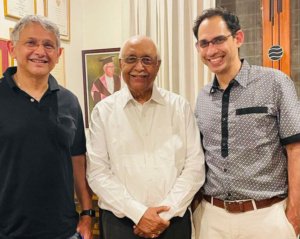While the tiny rodent can seem like a nuisance when it accosts you inside a car or in your home, its role in advancing medicine can’t be ignored
(No) animals were harmed in the writing of this piece.
Every fortnight, I travel to Kalyan and Ulhasnagar to see patients at the charitable Red Cross Society and a few neighbouring clinics, so that people afflicted with brain and spine problems don’t have to travel to Mumbai to consult with me. The reason for sharing this information is not to boast of my benevolence but my courage in braving a two-hour car ride fraught with a plethora of potholes and tormenting traffic. As I have the luxury of being driven down in a rented car hired by the hospital, like the average human, I spend most of my time on my phone instead of doing what I tell my kids to – look out of the window (and identify the next pothole that we are about to plunge into).
During one of those routine, tailbone-torturing rides on my last visit, I was sitting on the back seat diagonally behind the driver and replying to my email when, from the corner of my right eye, I chanced upon an Unidentified Moving Object (an UMO, if you may) that whooshed under the driver’s seat. I think I saw a tail. It was very early on in the journey, and as I was running late, I decided to remain silent until I could confirm what it was. Maybe it was a cockroach or a lizard – or just my imagination.
I put my phone aside and looked around, scanning the bottom of the car. As I bent down to check under the seat, it whizzed out from under the front seat to the back, two inches away from my face. It was not a cockroach or lizard or some random bug but a full-blown, overfed brown mouse. I jolted back and crossed my legs on the seat, trying to compose myself. It was so big it could classify as a rat. There are some people who find the sight of rodents repulsive, but I’m pretty nonchalant about this species. So, after googling ‘Do mice bite’, I put my feet back on the ground and decided to reveal all to the driver.
“Boss,” I called out, not knowing his name, “apni gaadi mein chuha hai (there is a rat in the car)!” He reacted to the news as if someone had held him at gunpoint; a stream of sweat trickled down his temple. Within a few minutes, he managed to move out of the stream of busy traffic and found a safe spot to park. I thought he was getting out to open the doors and let the murine out, but he headed into the bushes instead to take a leak. Once he returned, we opened all the doors, hoping that the UMO (now identified) would let itself out to be free. But we had no such luck. We had to drive on.
I leaned my head against the window and reminisced about my thesis while at the Christian Medical College in Vellore, where I had trained in neurosurgery. I had designed a unique head injury model in mice to test the efficacy of a novel drug and ascertain if it reduced brain swelling. We were using angelic-looking Swiss albino mice that I would hold in the palms of my hands and anesthetize myself. I would then fix them on a clamp and make an incision over the head, drill a tiny hole into the skull, and then injure the brain with a dry ice probe via a robotic arm I had designed with the bioengineering team. We administered the drug to one group while giving a placebo to another. A few days later, we would remove the brain and weigh it to see if the drug had worked, carrying out a few more technical steps. Once the experiment was done, I preserved the brains in tiny formalin bottles in the fridge I had in my 100-sq. ft hostel room. My ‘residency’ fridge contained protein bars, Nutella jars, and mouse brains. I volunteered to make brain cutlets for those who visited but everyone declined. It’s a Parsi delicacy everyone should try at some point, but not of mouse brains, I concede.
The car came to a gentle halt, bringing me back to the present, and the driver turned back, signalling that we’d reached our destination. While I saw patients at the clinic, my driver inspected the car, looking for the mouse, but without any luck. When I returned, as we drove to our next stop 10 minutes away, he tried to convince me that I must have been mistaken, when suddenly, he felt something wiggle over his feet. He jumped and slammed his feet on the break and accelerator simultaneously, bringing us to a screeching halt, as cars all around us honked in protest. Luckily, my next stop was around the corner, which gave the driver a few hours to regain his composure.
I got out to see the next set of patients lined up and couldn’t help but think about the role mice have played in medicine. A staggering 25 million mice are used daily worldwide for research on diseases of the heart and brain, cancer, HIV, and diabetes. The reproductive, endocrine, cardiovascular, and central nervous systems of mice and men bear very similar structure and function, and by examining the physiology, anatomy, and metabolism of a mouse, scientists can gain valuable insight into how humans function. Unlike humans, mice are easy to look after, and like humans, they multiply quickly. Hence, it comes as no surprise that we share over 90% of our genes with mice.
When I finished with my day and got into the car to head home on another two-hour journey back, the car didn’t start. The doomed sound of the ignition thwarting just when I wanted to get home after an exhausting day loomed over me. The driver tried once again, and the sound got scratchier. And then the unthinkable happened. The mangled mouse flew from somewhere out of the dashboard, splattering blood on the back seat. It limped out of the door (which I had reflexively opened) with an amputated leg and scuffled into the bushes, disappearing into the setting sun. Another mouse sacrificed in the name of medicine.
“Try starting the car now,” I told the driver in Hindi, after he cleaned up the crime scene. It started in an instant. The ride back was far from a smooth operation.
